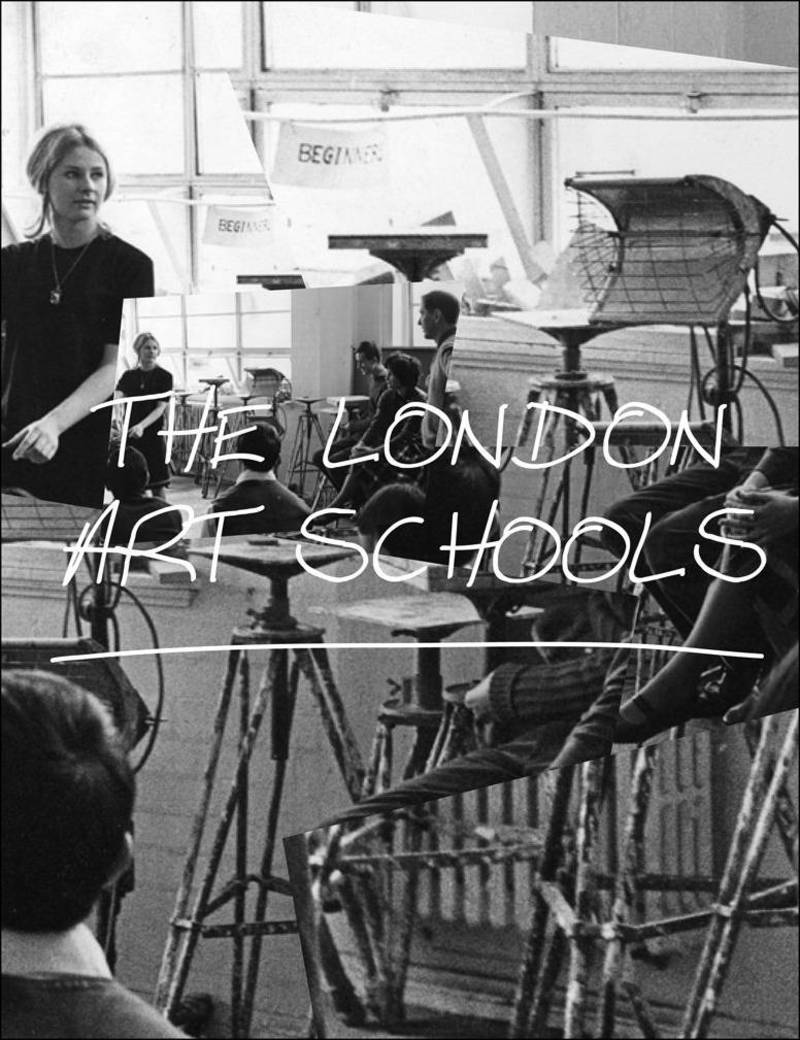Since 1960, progressive forces within art education have fired new impulses in the field of artistic production. As society at large embraced youth and popular culture, art-school students with international aspirations tore down class barriers, fused fashion with pop, and insisted that art was integral to social change. Art schools responded to these seismic changes, widening the range of artistic exploration from a craft-based curriculum to more art-historical and experimental approaches. A new generation emerged, one whose techniques, perspectives, and arguments were more influenced by ideas of art theory and personal exploration, and whose forms of expression influence artists today. Now, for the first time, this history of innovation is uncovered by scholars in the field who address key aspects of a dynamic period — from the work of early pioneers in international styles to changes in studio practice — and new roles in art schools for art history, architecture, and the art market. The book focuses on nine celebrated art schools: Camberwell, Central School, Chelsea, Goldsmiths, The Royal Academy, The Royal College of Art, The Slade, St Martin’s and Wimbledon.
- / Автор статьи
- / Автор статьи
- / Автор статьи
- / Автор статьи
